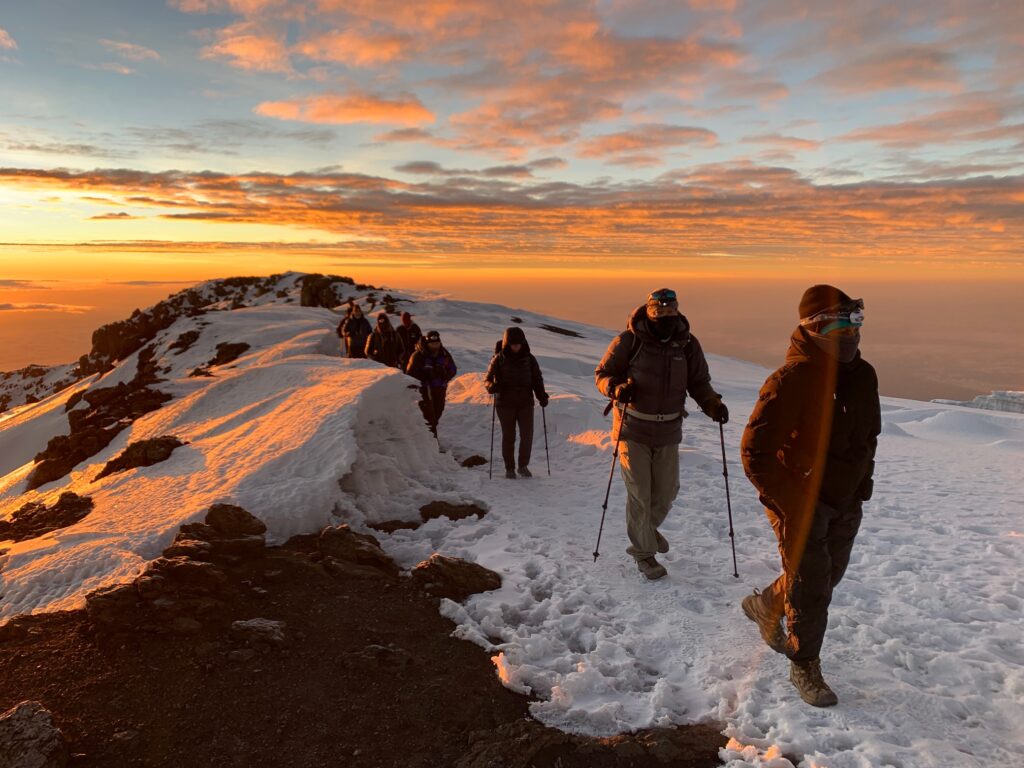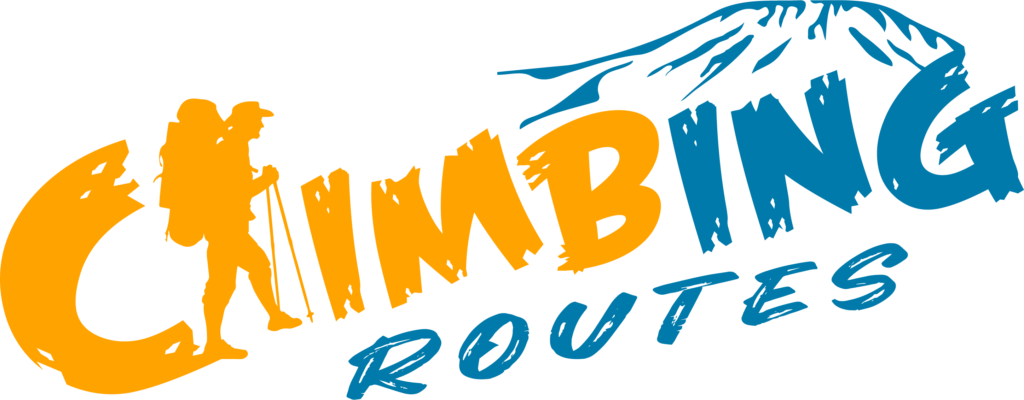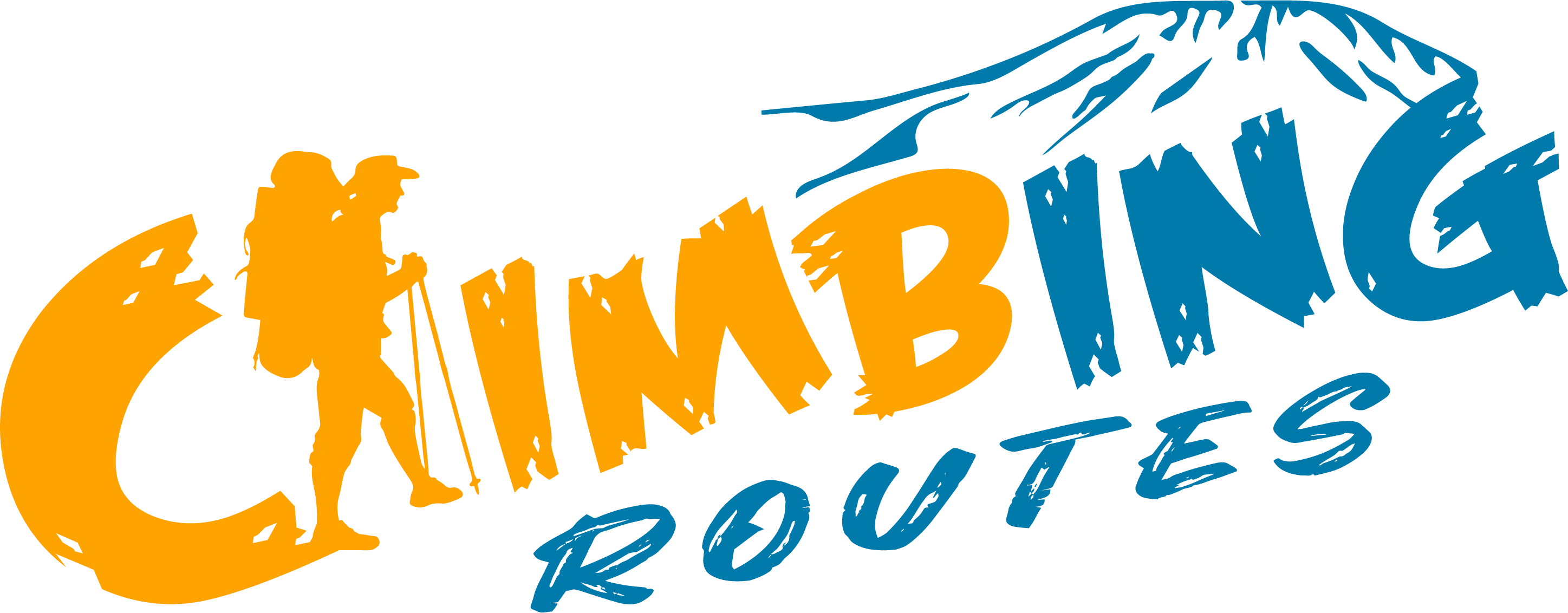Can a normal person climb Kilimanjaro?

A Challenge Worthy of the Average Adventurer Kilimanjaro, the crown jewel of Africa, beckons with its snow-capped peak and the promise of an unforgettable challenge. While scaling its 5,895 meters (19,341 feet) is no walk in the park, it’s also not reserved solely for seasoned mountaineers. Contrary to popular belief, Kilimanjaro is achievable for the average person with the right preparation and mindset. Why Kilimanjaro is Accessible: No technical climbing: Unlike many other high peaks, Kilimanjaro doesn’t require technical climbing skills or equipment. It’s primarily a trekking route, making it more accessible to those without prior mountaineering experience. Gradual ascent: Most Kilimanjaro climbs follow a well-established route with a gradual ascent, allowing for better acclimatization to the increasing altitude. Supportive infrastructure: A well-developed tourism industry in Tanzania provides trekkers with various guided tours, porters to carry luggage, and comfortable campsites and huts along the route. Preparation is Key: While Kilimanjaro may be technically “easier” than other high peaks, it’s still a physically demanding trek. To reach the summit and ensure a safe and enjoyable experience, thorough preparation is crucial: Physical fitness: Start a training program several months before your climb, focusing on building cardiovascular endurance and leg strength. Regular hiking and hill walking are excellent preparation exercises. Acclimatization: Choose a route with a gradual ascent schedule to allow your body to adjust to the decreasing oxygen levels at higher altitudes. Mental preparation: Be prepared for challenging weather conditions, physical discomfort, and the mental fatigue that comes with long days on the trail. Choosing the Right Route and Guide: Kilimanjaro has several routes with varying difficulty levels and lengths. Choose a route that matches your fitness level and timeframe. Opting for a reputable guiding company is essential. They will provide experienced guides, porters, meals, and camping equipment, making your climb smoother and safer. The Reward Awaits: Reaching the summit of Kilimanjaro is an accomplishment that will stay with you forever. The breathtaking views, the sense of achievement, and the camaraderie with fellow trekkers create an unforgettable experience. Remember, it’s not about being the fastest or the strongest; it’s about pushing your limits, embracing the challenge, and enjoying the journey. So, if you’re an adventurous spirit with a good level of fitness and a determined mind, Kilimanjaro awaits. Start planning your climb today and conquer the “Roof of Africa”! Additional Tips: Pack for all weather conditions, including warm layers for the summit night. Stay hydrated and eat nutritious food throughout the climb. Listen to your body and take rest days when needed. Enjoy the scenery and the camaraderie with your fellow trekkers. Kilimanjaro may be a challenge, but it’s also a rewarding adventure that can be conquered by the average person with the right preparation and mindset. So, lace up your boots, embrace the challenge, and start planning your climb to the top of Africa!
How difficult is the Kilimanjaro climb?

Conquering Kilimanjaro: A Challenge Worth the Summit Kilimanjaro, the crown jewel of Africa, stands tall as the continent’s highest peak and a dream destination for trekkers worldwide. But scaling its majestic heights is no walk in the park. The climb’s difficulty varies depending on several factors, making it a true test of physical and mental resilience. Altitude: The Ultimate Foe The biggest challenge Kilimanjaro throws at climbers is its altitude. At 5,895 meters (19,341 feet), it pierces the “Death Zone,” where the air thins with every step. This lack of oxygen can trigger altitude sickness, a potentially life-threatening condition with symptoms like nausea, headache, and extreme fatigue. Acclimatization: The Key to Success Proper acclimatization is crucial for combating altitude sickness. Choosing longer routes with gradual ascents gives your body time to adjust to the decreasing oxygen levels. Imagine it as training your lungs to become mini-superchargers! The longer you spend acclimatizing, the smoother your ascent will be. Trekking Through Diverse Terrains The climb to the summit isn’t just about battling altitude. It’s also a physical journey through diverse landscapes. Expect long days of trekking (5-8 hours) across varied terrain, from lush rainforests and volcanic deserts to scree slopes and rocky scrambles. Each section demands different levels of stamina and agility, keeping you on your toes (literally!). Summit Night: The Grand Finale The summit night is the culmination of your efforts, but it’s also the most demanding part. You’ll be trekking for several hours in the dark, potentially facing freezing temperatures and strong winds. It’s a test of mental fortitude, pushing you to dig deep and find reserves of strength you never knew you had. Is Kilimanjaro for You? While challenging, Kilimanjaro is achievable for anyone with a good level of fitness, determination, and proper preparation. Consulting a qualified trekking company is crucial. They can recommend the best route and acclimatization schedule based on your experience and fitness level. Remember, gradual ascent is your friend! The Reward: A Once-in-a-Lifetime Experience Reaching the summit of Kilimanjaro is more than just ticking a box on your bucket list. It’s a transformative experience that tests your limits and leaves you with a profound sense of accomplishment. Witnessing the breathtaking sunrise from Africa’s highest point is a memory that will stay with you forever. So, if you’re seeking an adventure that will push you beyond your comfort zone and reward you with breathtaking views and unparalleled personal growth, consider conquering Kilimanjaro. Just remember, the climb may be tough, but the summit is worth every step.
How much does it cost to climb Kilimanjaro?

Conquering Kilimanjaro: A Budget-Conscious Climber’s Guide Standing tall and proud amidst the African savanna, Mount Kilimanjaro beckons adventurers with its majestic peak and the promise of an unforgettable challenge. But for many, the question of cost looms large, casting a shadow of doubt on their dreams of summiting the “Roof of Africa.” Fear not, intrepid trekkers! Scaling Kilimanjaro on a budget is not only possible, but also incredibly rewarding. Understanding the Cost Spectrum: The price tag for your Kilimanjaro adventure can vary widely, ranging from $1,500 to $5,000 per person. This price fluctuation stems from several key factors: Route: The six established routes offer varying lengths, difficulty levels, and scenery. The Marangu Route, for example, is the shortest and most affordable, while the more challenging Lemosho Route boasts stunning wilderness views but comes at a higher price. Days: Climbs typically last between 5 and 9 days, with longer durations allowing for better acclimatization and increasing the cost. Service Level: Budget operators provide basic necessities like guides, porters, and meals, while luxury packages offer upgraded tents, gourmet cuisine, and even private toilets. Budget-Friendly Tips for Conquering Kilimanjaro: Choose the Marangu Route: This well-maintained route offers comfortable huts and a gradual ascent, making it ideal for first-timers and budget-conscious climbers. Go Off-Season: Peak season (July-August and December-February) sees inflated prices. Consider climbing during the shoulder seasons (March-June and September-November) for more affordable deals. Book Early: Early booking often unlocks discounts and allows you to compare prices among different operators. Consider Group Tours: Joining a group tour can significantly reduce costs compared to private climbs. Pack Smart: Renting equipment locally is cheaper than buying new gear. Pack for all weather conditions and avoid unnecessary luxuries. Be Your Own Porter: Opting to carry your own daypack can save on porter fees. However, ensure you’re physically fit enough for the additional load. Beyond the Budget: Climbing Kilimanjaro is more than just ticking a box on your bucket list. It’s a transformative journey that tests your physical and mental limits, rewards you with breathtaking vistas, and fosters a deep connection with the natural world. So, embrace the challenge, conquer the “Roof of Africa,” and create memories that will last a lifetime – all on a budget that fits your adventurous spirit. Start planning your Kilimanjaro adventure today, and remember, the summit awaits!
How Hard is it to Climb Kilimanjaro?

Mount Kilimanjaro is famous for being the home of Africa’s highest point and being the tallest free-standing peak in the world. It’s estimated that 30,000 people come every year to climb it. We hear it repeatedly quoted that less than 50% of climbers make it to the peak, suggesting that climbing Kilimanjaro is a difficult achievement. But more recent statistics suggest that more and more people are reaching the summit every year. So is it getting easier to climb Kilimanjaro? And if not, what explains the high success rates that we see on the mountain today? Before we go into the history of climbing Kilimanjaro, it is important to discuss Kilimanjaro itself. Earliest Written Record of Kilimanjaro The earliest known written record of Kilimanjaro comes from Ptolemy, an Alexandrian mathematician, astronomer, and most importantly in this case, cartographer around 100 AD. He wrote of sailor’s reports of a “Moon Mountain” with references to the Nile, which may indicate Kilimanjaro or any of several other African mountains. Whether or not Ptolemy was, in fact, speaking of Kilimanjaro, nothing more was recorded about the mountain for over 1,700 years. In 1848, a German missionary named Johannes Rebmann became the first European to officially report the existence of Kilimanjaro. Unfortunately, his reports were considered unreliable by the Royal Geographical Society, and confirmation of Rebmann’s claims were not made until 1861. Numerous others tried and failed to reach the coveted peak until 1889. That year, Hans Meyer made his third attempt at the summit with the assistance of Ludwig Purtscheller, an Austrian mountaineer. They established several camps stocked with food and supplies ahead of time to allow for multiple attempts without making a full retreat. Finally, on October 6, 1889, the pair reached Kibo’s summit and were the first to confirm that it had a crater. Climbing Kilimanjaro Today The Importance of Route Selection Today’s well maintained routes can be done in as little as 5 days (which we strongly discourage). The original route that Hans Meyer took for the first summit closely resembles the Marangu route being used now. It was also the route that was first used to guide commercial expeditions. For a long time, it was the only route available. But Marangu is not a well planned path. Contrary to belief, it is a difficult route because of this. Even today it has a paltry success rate of 27% when done over 5 days. When Kilimanjaro’s second route, Machame, was established, it was an improvement over Marangu. But it still has a poor success rate of only 44% over 6 days. Kilimanjaro’s reported overall success rate of 50% is a result of the past popularity of these two routes. However, clients nowadays are avoiding 5 and 6 day routes. There are many more options available to today’s climbers. The new routes on Kilimanjaro are designed to control the flow of visitors and have more reasonable elevation gains from day to day, thus reducing the likelihood of severe altitude sickness. The longer routes that are used today, like the 8 day Lemosho and 9 day Northern Circuit, have overall success rates of over 85%.
How much cash should I bring to Kilimanjaro?

Conquering Kilimanjaro: Mastering the Money Matters Scaling Kilimanjaro, Africa’s majestic crown jewel, is an unforgettable adventure. But before embarking on this epic journey, mastering the financial aspect is crucial for a smooth and worry-free climb. Worry not, trekker, for this guide will equip you with the knowledge to navigate your Kilimanjaro finances like a pro! Know Your Costs: Climbing Package: Most packages cover essentials like accommodation, meals, park fees, and transportation. Confirm inclusions with your chosen operator. Visa and Park Fees: Prepare cash (USD or EUR) for your Tanzanian visa and Kilimanjaro National Park entrance fees. Tipping: Show appreciation for your guides, porters, and staff with some extra cash. Ask your operator for recommended amounts. Souvenirs and Extras: Budget for those irresistible mementos and unforeseen expenses. Research souvenir prices beforehand. Emergency Fund: Always pack some “peace-of-mind” cash for medical needs or unexpected climb costs. Cash, Cards, or Both? A smart mix is ideal! Bring enough cash for tips, souvenirs, and park fees. Credit cards offer flexibility for larger expenses like flights or hotels. Traveler’s checks can be a backup, but their use might be limited. General Cash Guidelines: $300-$500: Covers most basic expenses for budget-conscious travelers. $500-$800: Provides more wiggle room for souvenirs, personal purchases, and additional services. $800+: Accommodates a luxurious experience with ample contingency funds. Remember: Plan according to your travel style: Backpackers have different needs than luxury trekkers. Research local costs: Get a feel for souvenir prices and tipping etiquette. Don’t overpack cash: Be mindful of potential loss or theft. Bonus Tip: Download a currency converter app for on-the-go calculations! With these financial tools in your backpack, you’re ready to conquer Kilimanjaro’s financial terrain and focus on the breathtaking landscapes and exhilarating ascent. Remember, it’s not just about reaching the summit; it’s about the journey, the challenges, and the incredible memories you’ll create along the way. So, pack your sense of adventure, your financial savvy, and get ready to summit the magnificent Kilimanjaro!


